ONBOARDING
If you are reading this, then you are onboarding with Omegarender. To make it more comfortable for you to integrate into our environment, we will introduce you to our studio, its philosophy, key people and give you more information about the scale of the company, tell you how we work.
ABOUT US
Omegarender is an outsourced architectural visualization company since 2012. We have gone through the stages from a small no-name studio to a successful company that is actively developing on a scale. To date, our team consists of 200 unique and top specialists in their field, and the number of projects implemented over the year has grown from 24 to 803, and we continue to grow. Working in a 3D visualization studio is a very exciting process, and we invite you to go through it with Omega.
The format of interaction with artists can be different. We work on a freelance license. At the start, we always go to pilot projects, do them, get used to it, and then we already understand how we need to move on if our freelance cooperation becomes regular - we can discuss the possibility of working full time. In other words, we give ourselves and our future artists time to figure out how comfortable we will be working.
CLIENTS
We are mainly focused on the Western market and to be precise, our clients are the biggest names in architecture and design in America, Canada and Europe. For example: Gensler, OBMI, Rockwell Group, Zaha Hadid, Perkins & Will, Perkins Eastman, Zoyes Creative, Landry Design Group, HOK, SOM, Avroko, Brand Burea, HKS, OOAK and others. Accordingly, our entire style is sharpened in the key of maximum photorealism.
QUALITY AND REQUIREMENTS FOR WORKS
The first work we'll show you is non-commercial. Every month we at Omegarender do the work for ourselves. This is a very useful practice, because it allows, on the one hand, to raise the skill of artists, and on the other hand, to get new high-quality pictures in the portfolio.
Therefore, if you have the desire and talent to draw creative, non-commercial works, this is very welcome with us and, of course, it is paid separately.
Therefore, if you have the desire and talent to draw creative, non-commercial works, this is very welcome with us and, of course, it is paid separately.
The following work is done for Gensler, the largest architecture company in the world with 5,000 employees. We partner with them every year, and this visualization reflects the scale and quality of Full 3D that we consistently deliver.
Also, a lot of interiors come out from under our brush. To be more precise, about 50% of our work is interior visualization. In addition to the exteriors, the rest is the product line.
Let's break it down into points, what exactly we expect to see in the work of our artists:
• absolute photorealism
• a wide range of artistic expressiveness techniques
• elaboration of details
• observance of terms and deadlines
• absolute photorealism
• a wide range of artistic expressiveness techniques
• elaboration of details
• observance of terms and deadlines
TEAM
Any project involves interaction with different people. We have a large company, about 200 people, and there are different levels of work, both with the client and with the artists.
First, Project Managers, or PM for short, will always work with you. These are the same people who conduct direct and main communication and are the link between you and the client. In addition to communicating with the client, Project Managers have a lot of work to control tasks in terms of meeting deadlines and the accuracy of their final implementation. For all project questions, you can always contact them directly.
The second member of your team will be the Art Director, this is the person who will control that the quality of the delivery matches our portfolio. Art Directors will help you where necessary, guide you, suggest some technical aspects. You can say that they will lead you by the hand, like an artist, but you should not take this expression literally. After all, if you got on onboarding, especially if you got on a project, it means that your level is already very high.
Also, there may be Team Leads in the team. Like Art Directors, they are also on the team in the role of an older brother, but they will help you cope with more routine tasks of a technical nature.
The second member of your team will be the Art Director, this is the person who will control that the quality of the delivery matches our portfolio. Art Directors will help you where necessary, guide you, suggest some technical aspects. You can say that they will lead you by the hand, like an artist, but you should not take this expression literally. After all, if you got on onboarding, especially if you got on a project, it means that your level is already very high.
Also, there may be Team Leads in the team. Like Art Directors, they are also on the team in the role of an older brother, but they will help you cope with more routine tasks of a technical nature.
Every project needs a new team. For example, you can have several projects going on at once, the composition of the team of which either partially overlaps, or can be completely different. The number of artists in the team is from one person to 10-15 if it is a large and complex project.
The team for the project is assembled by our HR manager, who is always in touch with our artists and knows not only your skills, but also free slots for working on the project. Then the team is approved by the PM together with the Art Director. When they decide to take you on a project, an HR or Recruiter will come to you, show you a TS, tell you what the project will be about, and together you will agree on financial terms.
The team for the project is assembled by our HR manager, who is always in touch with our artists and knows not only your skills, but also free slots for working on the project. Then the team is approved by the PM together with the Art Director. When they decide to take you on a project, an HR or Recruiter will come to you, show you a TS, tell you what the project will be about, and together you will agree on financial terms.
COMMUNICATION
CEO | COO | HEAD OF PM
PROJECT MANAGER | ART DIRECTOR
TEAM LEAD | ARTIST
PROJECT MANAGER | ART DIRECTOR
TEAM LEAD | ARTIST

Most of our project communication takes place in Slack. For each new project, a working group is created with its own chat. Be sure to chat with CEO Artem, COO Yulia, head of PM, Art Director, Project Manager, artist or a group of artists. If necessary, we can also add a team lead and a modeler.
CEO and COO are present in all general chats in order to know what is happening in the studio on absolutely every project. This is done not so much to have supervision over each stage of production, but so that in the event of a situation requiring the intervention of top management, we can solve any problem without unnecessary litigation.
CEO and COO are present in all general chats in order to know what is happening in the studio on absolutely every project. This is done not so much to have supervision over each stage of production, but so that in the event of a situation requiring the intervention of top management, we can solve any problem without unnecessary litigation.
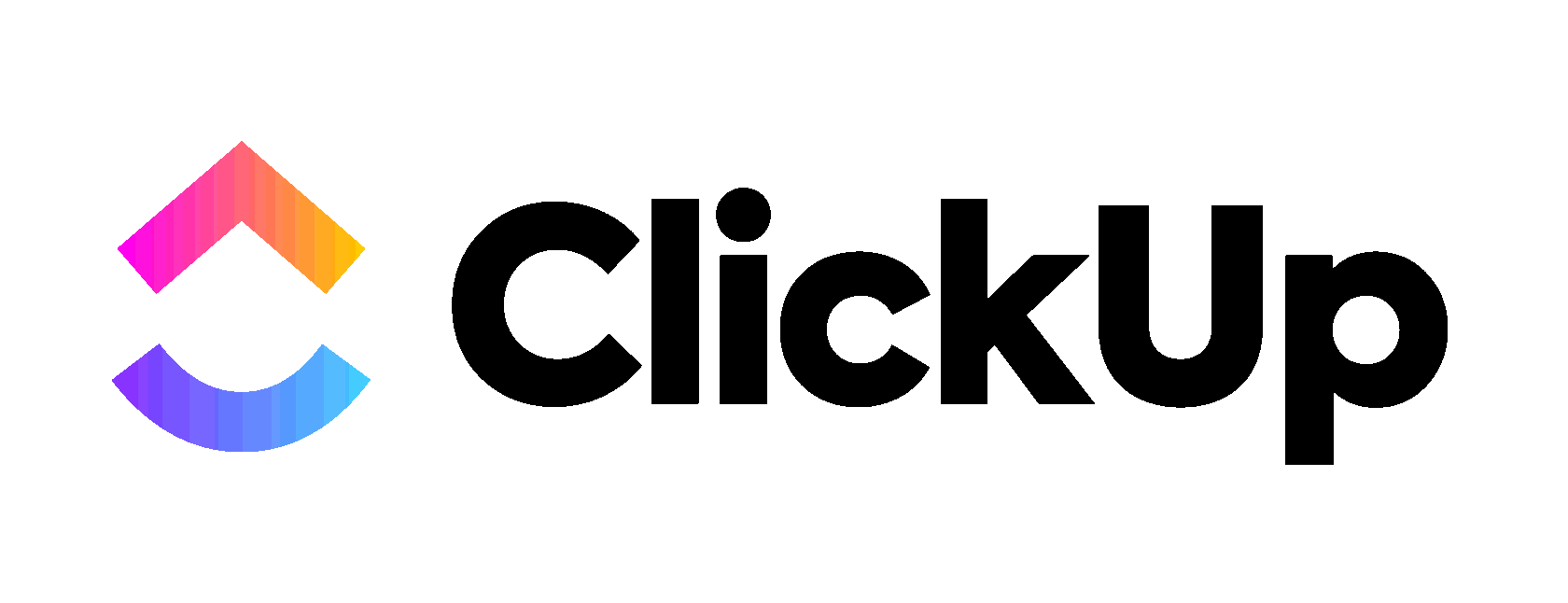
We use the ClickUp service as the task manager. If you are not familiar with it, then it's okay, it is intuitive and very easy to learn. In addition, maintaining and editing the workboards in ClickUp is the responsibility of the PM. Your main task when working with ClickUp is to remember that all information from the beginning to the end of the project is there. If suddenly you lost, deleted or forgot something, all files and information will be carefully collected and stored in ClickUp.
In addition, all final project files are available on Nextcloud. Most often we use Wetransfer when exchanging files with clients, between artists and teams. We will also highlight several platforms on which we upload 3D models, assets and 2D people: the Anima Render, render farm and the French farm.
In addition, all final project files are available on Nextcloud. Most often we use Wetransfer when exchanging files with clients, between artists and teams. We will also highlight several platforms on which we upload 3D models, assets and 2D people: the Anima Render, render farm and the French farm.



MOODBOARD
MOODBOARD
ааaaaaaааFINALS
At the beginning of the project, there is an onboarding session in the form of a call with the team. Here the artist communicates with the art director and project manager, discusses brief and details — rendering atmosphere, camera settings and other nuances. Morover, the team approves a Moodboard.
What is a Moodboard? These are collages of images that for the most part correspond to the mood of the project. As a rule, this is a PDF document, which is compiled by the artists themselves under the guidance of the Art Director. At the initial stage, especially in the exteriors, it is very important to define and establish the atmosphere. If we do not get into the mood of the project, this can greatly complicate the process and even reset most of the work done. So that there is no misunderstanding, lack of communication and communication failures between us and the client, we, for our part, compose a Moodboard.
When creating a Moodboard, it is not so much the mood of the client that is taken into account, but the mood of the artist or group of artists with whom they like to work throughout the entire production. As soon as the Moodboard is ready, the PM coordinates it with the client. As a rule, the client removes 1-2 images, we fix it on Trello and move on to the next stage.
What is a Moodboard? These are collages of images that for the most part correspond to the mood of the project. As a rule, this is a PDF document, which is compiled by the artists themselves under the guidance of the Art Director. At the initial stage, especially in the exteriors, it is very important to define and establish the atmosphere. If we do not get into the mood of the project, this can greatly complicate the process and even reset most of the work done. So that there is no misunderstanding, lack of communication and communication failures between us and the client, we, for our part, compose a Moodboard.
When creating a Moodboard, it is not so much the mood of the client that is taken into account, but the mood of the artist or group of artists with whom they like to work throughout the entire production. As soon as the Moodboard is ready, the PM coordinates it with the client. As a rule, the client removes 1-2 images, we fix it on Trello and move on to the next stage.
MOODBOARD
FINALS
Daily Check
Each day of work on the project a Daily check is made - a screenshot of a 3Ds Max viewport from the requested camera is sent to the Project Manager and Art Director in order to understand the total amount of work performed.
Grayscale
The next step is clay render. They come in two types: a simplified version and a full version. The simplified version is used quite rarely, as a rule, on urgent projects when we are limited in time. Then we sketch the architecture with the main masses, or we receive the initial geometry from the client and at the end, we coordinate the position of the camera.
Let's talk in more detail about the full-fledged sermat stage and its part: First of all, we have time to process a full-fledged architecture from the client. If there is no finished architecture, then it is built according to the drawings. If there is a ready-made architecture, we optimize it so that there is a correct grid and the artist is comfortable working with it. Artists immediately build the whole environment, create greenery if possible, adjust the lighting (morning/afternoon/evening) and set several camera positions. As a rule, we show 2 to 3 versions with different camera positions so that the client has a choice.
PREVIEWS
Next, we move on to the most important and crucial part - the first color preview. The attitude to the first preview should always be the same as to the final image. After all, this is always the first impression of us as a service company, we work with a client for the first time or for quite a long time.
One day before handing in each preview, the artist sends a draft to the Art Director and PM for comments and corrections.
A draft is a render correctly made to the requirements specification in 2000px resolution on the biggest side, sent to the project chatroom one day before the preview in color for the PM and Art Director approval in .jpg format. At the time of the draft, all basic form elements according to the brief and everything that directly affects the composition and light and shade pattern must be completed. Other details may be finalized just in time for the preview.
At this stage, we finalize the lighting and post-correction. As for the resolution and technical characteristics of the image, we produce the HD format according to the standard and count 2000 pixels for the most part. We also always ask our artists not to make destructive post-corrections. This is very important so that your post-production from iteration to iteration is the same.
As a rule, already at the second viewing session, the client together with us finalizes only some small details that are not related to the artistic component.
One day before handing in each preview, the artist sends a draft to the Art Director and PM for comments and corrections.
A draft is a render correctly made to the requirements specification in 2000px resolution on the biggest side, sent to the project chatroom one day before the preview in color for the PM and Art Director approval in .jpg format. At the time of the draft, all basic form elements according to the brief and everything that directly affects the composition and light and shade pattern must be completed. Other details may be finalized just in time for the preview.
At this stage, we finalize the lighting and post-correction. As for the resolution and technical characteristics of the image, we produce the HD format according to the standard and count 2000 pixels for the most part. We also always ask our artists not to make destructive post-corrections. This is very important so that your post-production from iteration to iteration is the same.
As a rule, already at the second viewing session, the client together with us finalizes only some small details that are not related to the artistic component.
FINAL AND ARCHIVE
PREVIEW
FINAL
PREVIEW
FINAL
Further, after the submission of the second preview, we go to the final edits, which are always minimal. At the final, in the majority, we give everything in a resolution of 5k pixels. It happens that the client requires 10k or 15k, in which case we resort to the help of farm renderers.
After the final, one of the important stages of completing the project is the collection of archives. The archive includes a scene with absolutely all the geometry from the house to the vegetation, exposed cameras, the position of the sun and all the materials set up. We also include a post-correction PSD file in the archive.
Why is it important? The client can come back with the same project in a month, six months, a year, and even after several years. Different things can happen, for example, you can be busy with other work, or you can be on vacation, etc. Accordingly, in this case, we have an archive that we transfer to another artist, and he, having the whole scene and a non-destructive postcore, makes edits and gets the same artistic result at the output.
After the final, one of the important stages of completing the project is the collection of archives. The archive includes a scene with absolutely all the geometry from the house to the vegetation, exposed cameras, the position of the sun and all the materials set up. We also include a post-correction PSD file in the archive.
Why is it important? The client can come back with the same project in a month, six months, a year, and even after several years. Different things can happen, for example, you can be busy with other work, or you can be on vacation, etc. Accordingly, in this case, we have an archive that we transfer to another artist, and he, having the whole scene and a non-destructive postcore, makes edits and gets the same artistic result at the output.
LEGACY
In order to legitimize our relationship, there are two documents that will need to be signed:
The first document is the NDA agreement. For our part, all NDAs have been signed with clients and we pledge to them not to pour information into the network. As you already understood, we work with large architectural studios, which, in turn, work with large developers. All information, of course, is confidential, because the projects are high-budget. Therefore, we sign documents with high penalties if the information gets into the public domain. To be on the safe side, we sign the same NDA with our artists.
Document number two is a work contract. It is a framework, signed once and then the contract is supported by invoices.
In other words, you make a project, an invoice is drawn up, and we pay for it. Payment is made once a month and we always pay for the entire amount of work if you have more than one project, but several at once. This is done in order to offload the financial department and all transactions
The first document is the NDA agreement. For our part, all NDAs have been signed with clients and we pledge to them not to pour information into the network. As you already understood, we work with large architectural studios, which, in turn, work with large developers. All information, of course, is confidential, because the projects are high-budget. Therefore, we sign documents with high penalties if the information gets into the public domain. To be on the safe side, we sign the same NDA with our artists.
Document number two is a work contract. It is a framework, signed once and then the contract is supported by invoices.
In other words, you make a project, an invoice is drawn up, and we pay for it. Payment is made once a month and we always pay for the entire amount of work if you have more than one project, but several at once. This is done in order to offload the financial department and all transactions
PUBLICATION OF PROJECTS
It should be noted that this is one of the reasons why we publish our work so little because 90% of projects remain under NDA. This is the nature of the industry. However, over time, the NDA may be lifted and the studio will be able to publish. Unfortunately, we have made the decision that the artists do not publish the work and everything is published under the name Omegarender.
However, there is an alternative. As mentioned above, we have non-commercial projects, in fact - this is a commercial project within the company, when we ourselves are customers. In such projects, we stipulated that artists have the right to publish creative non-commercial works. The only thing we ask in publications is to make notes that the project was made within the framework of our studio.
We introduced you to our company, we hope you learned about us in detail, how our process is organized and what materials we work with. If you still have any questions, feel free to contact our HR managers. (Vladlena @yavladlena)
We invite you to Omegarender!
We invite you to Omegarender!